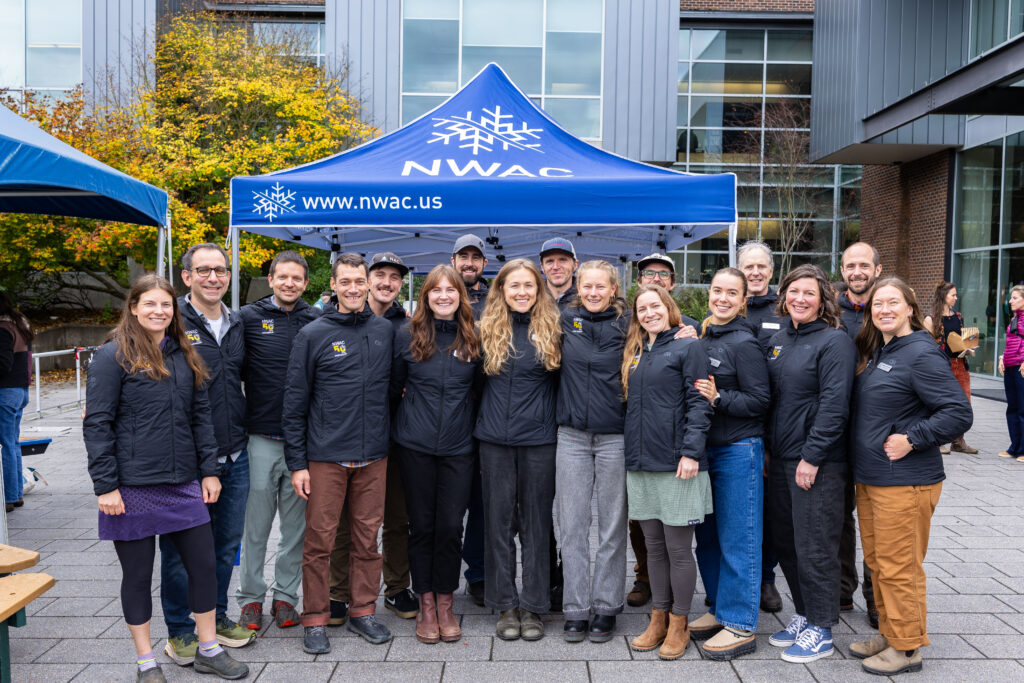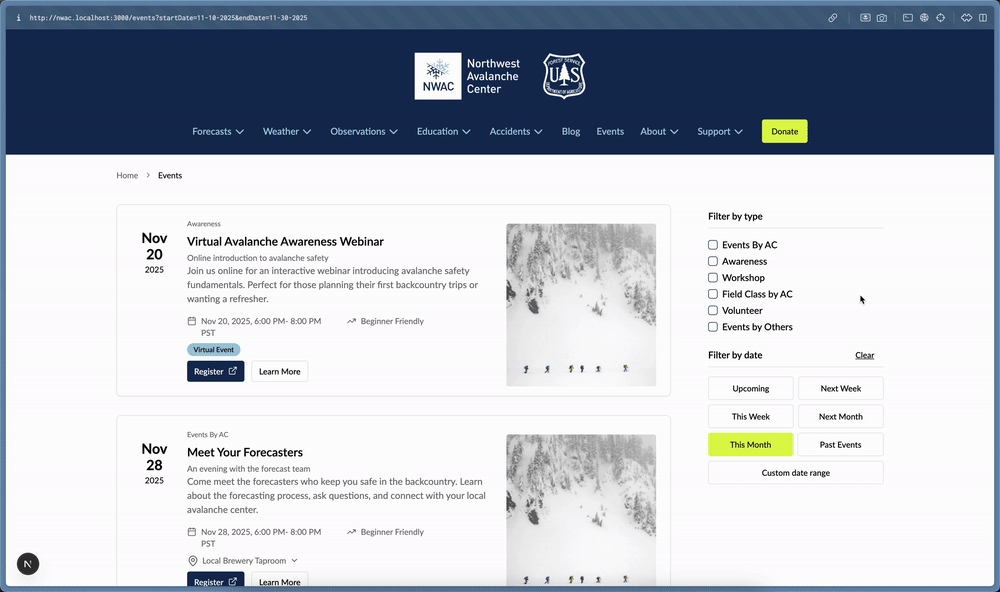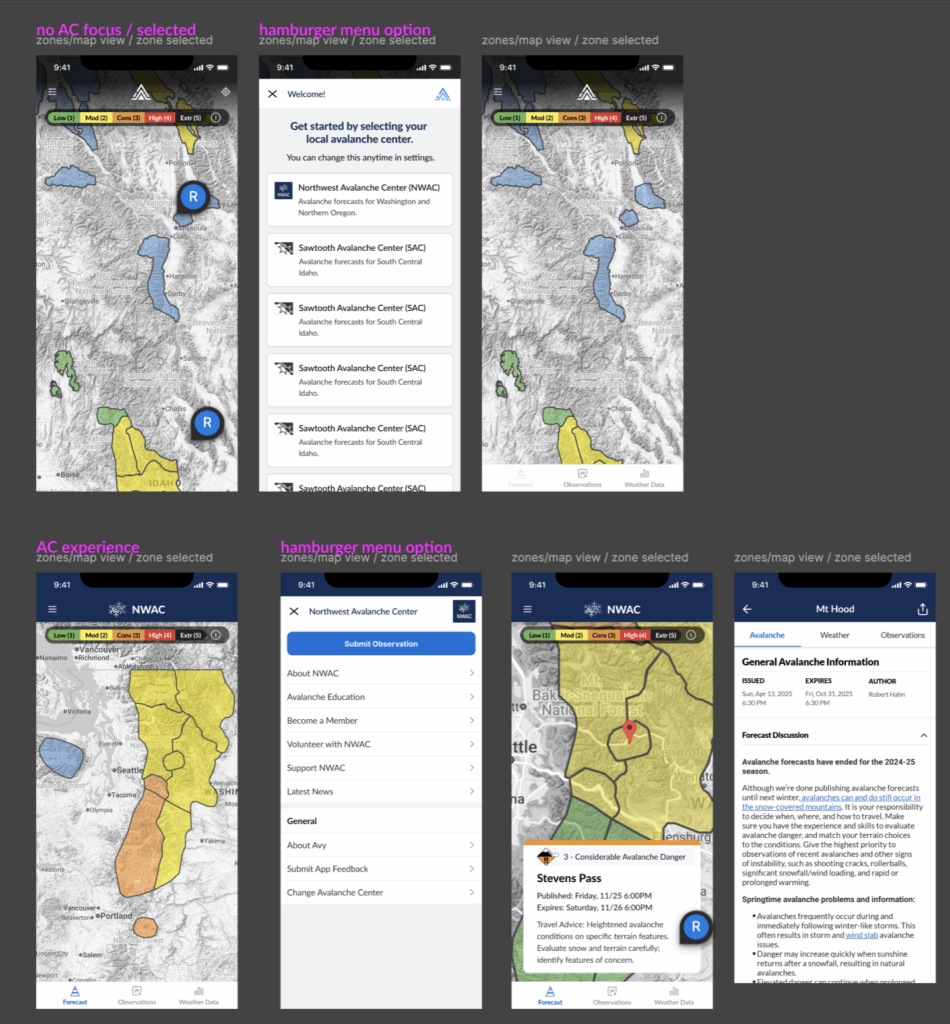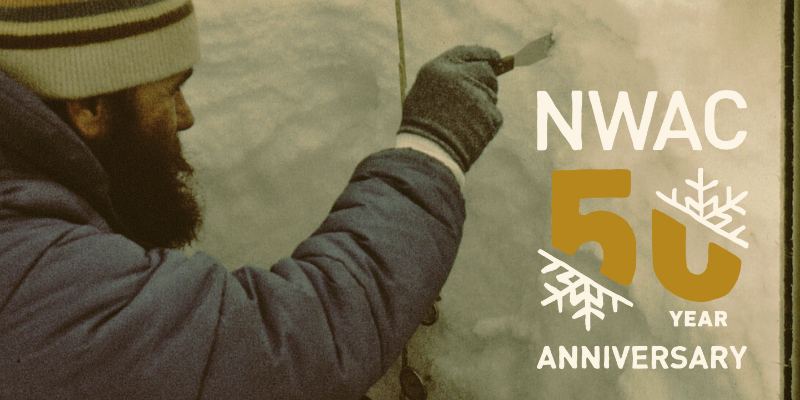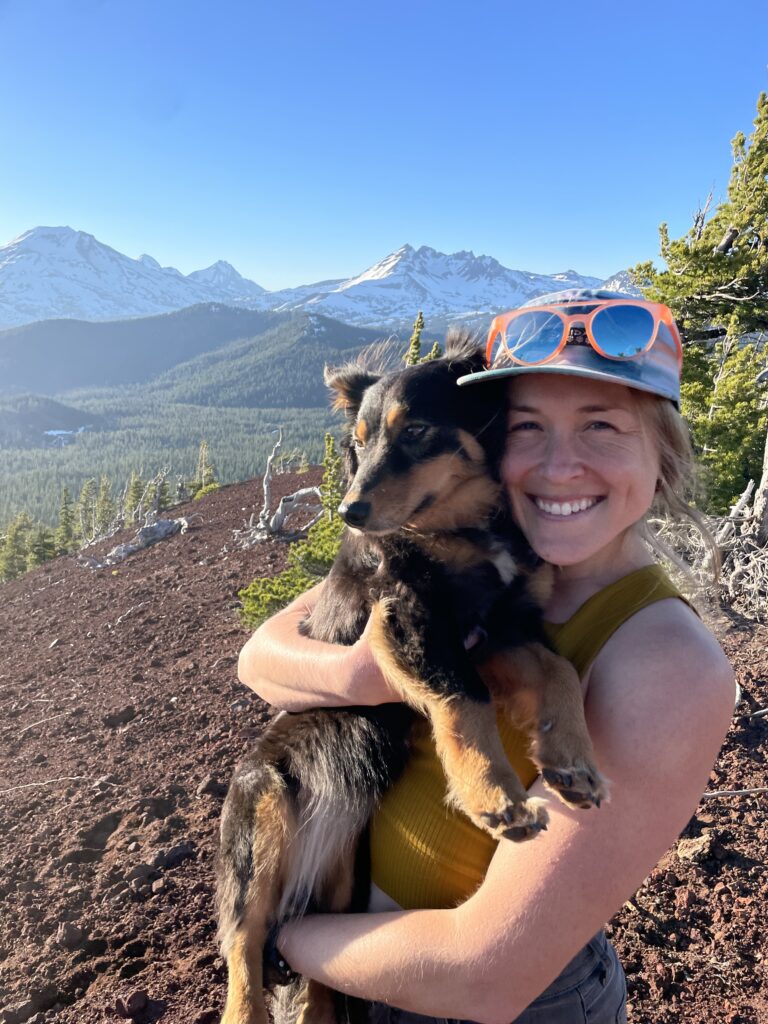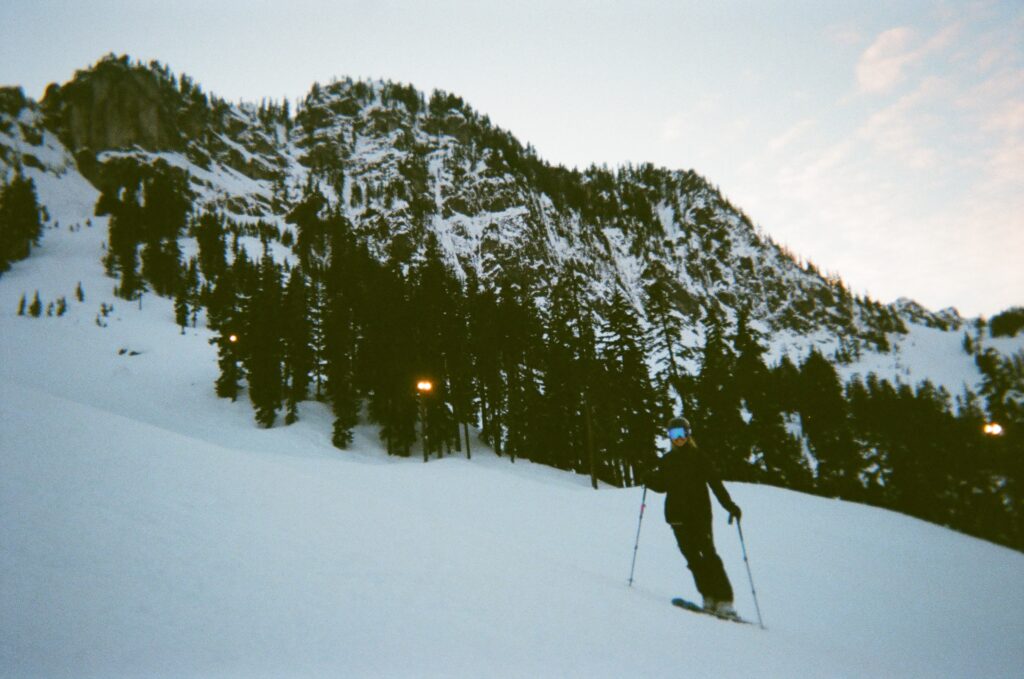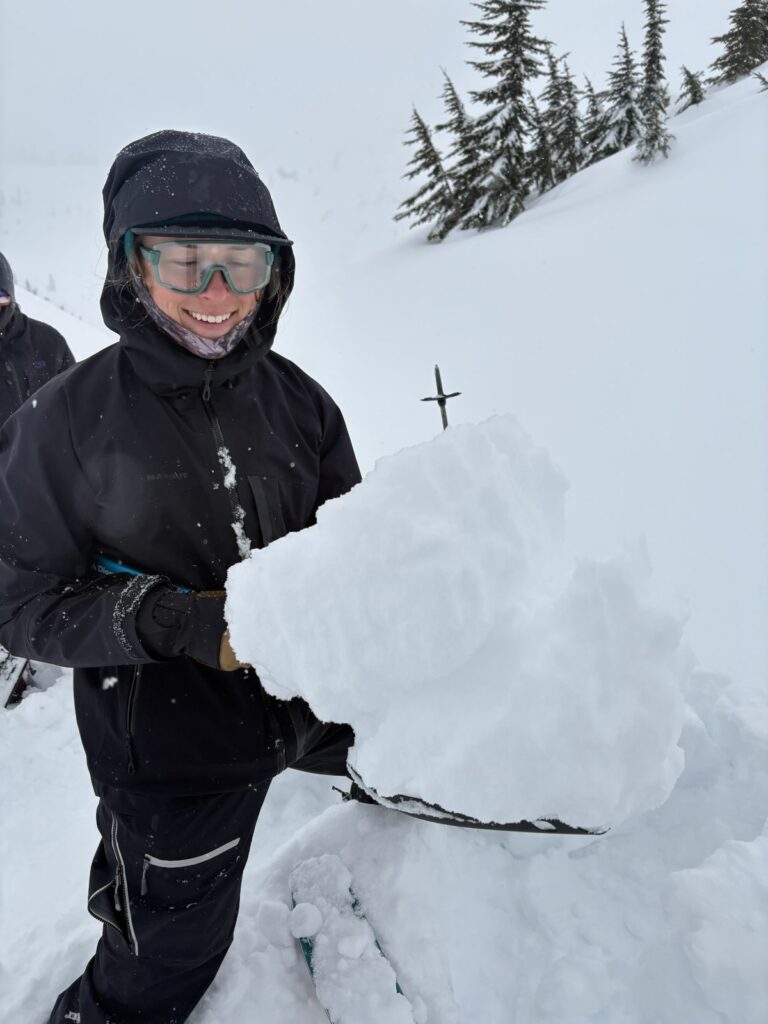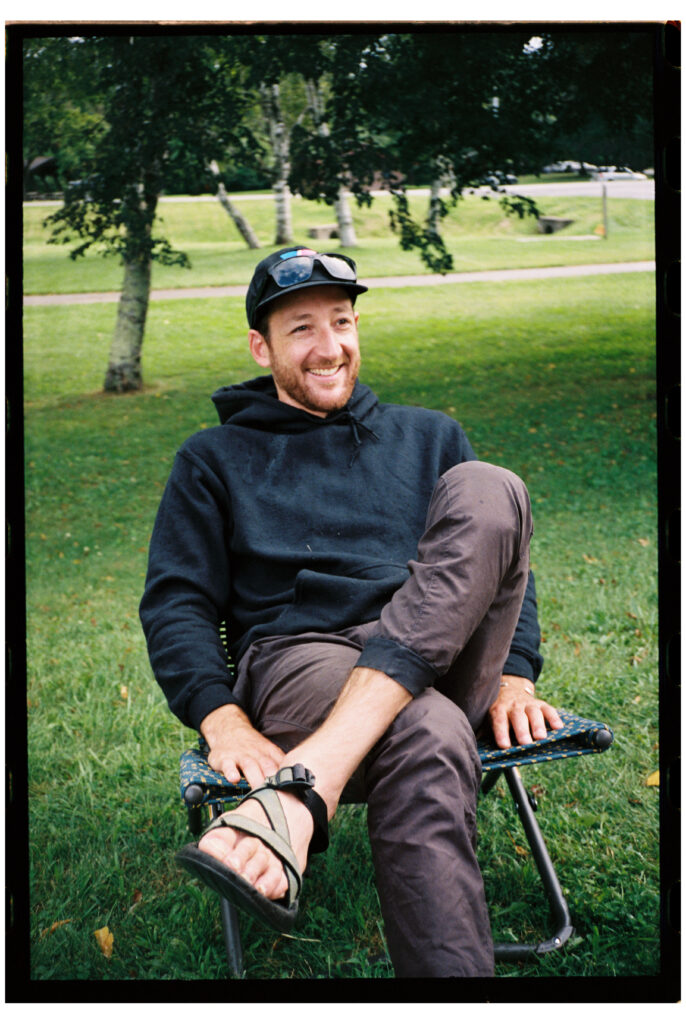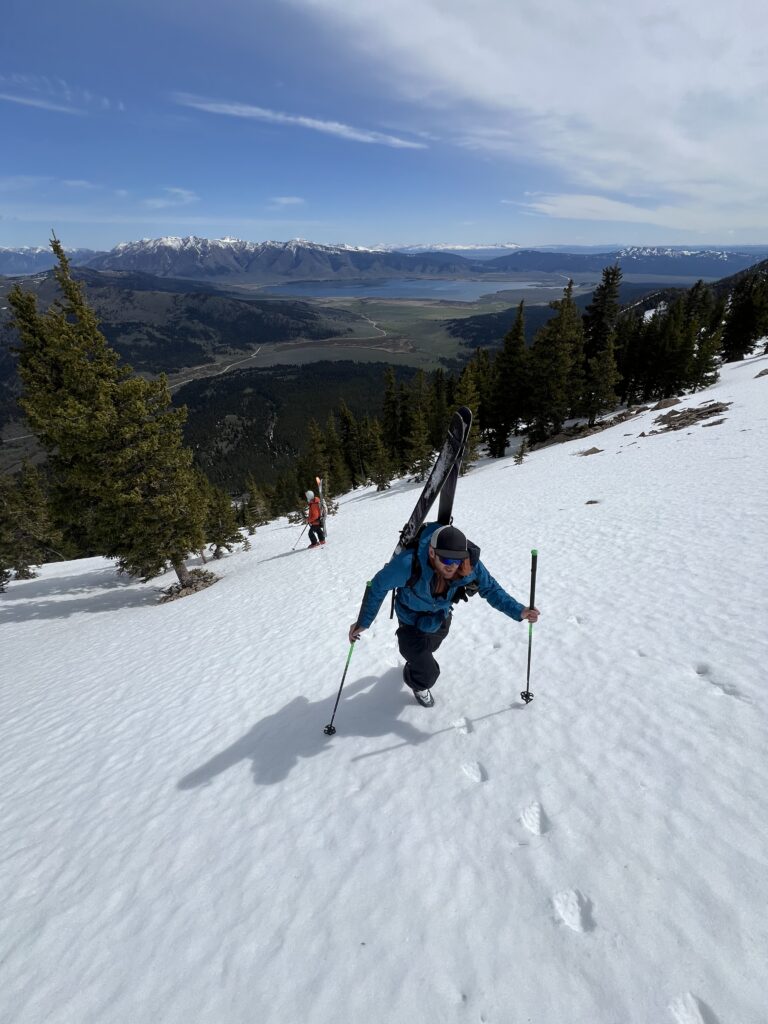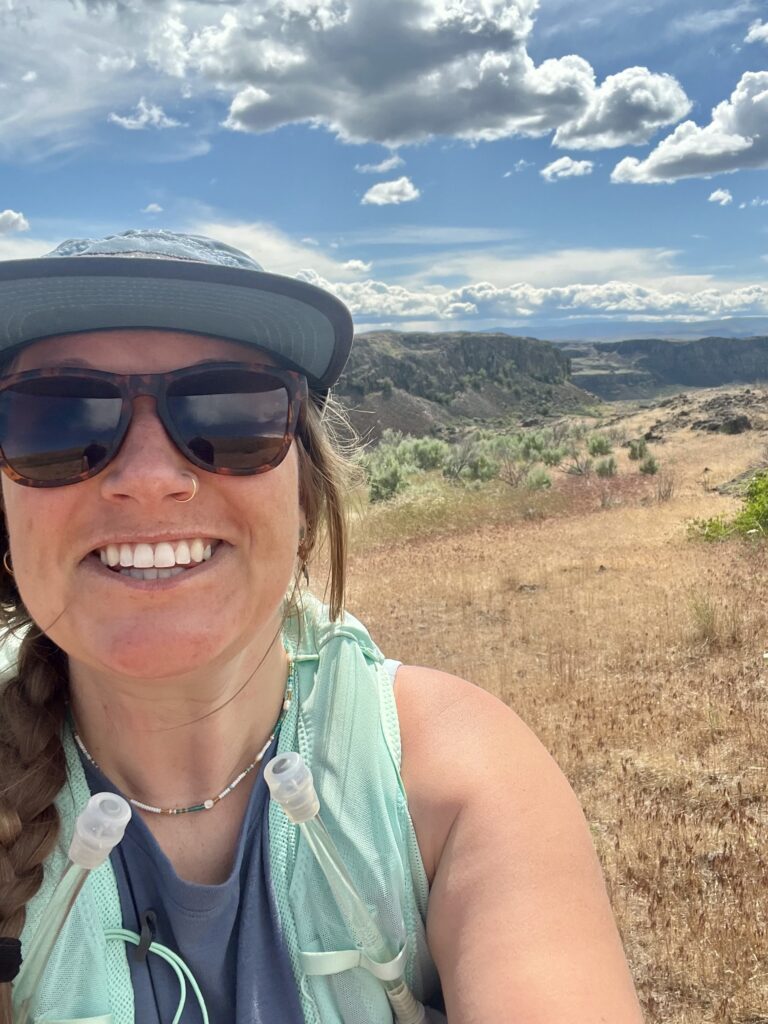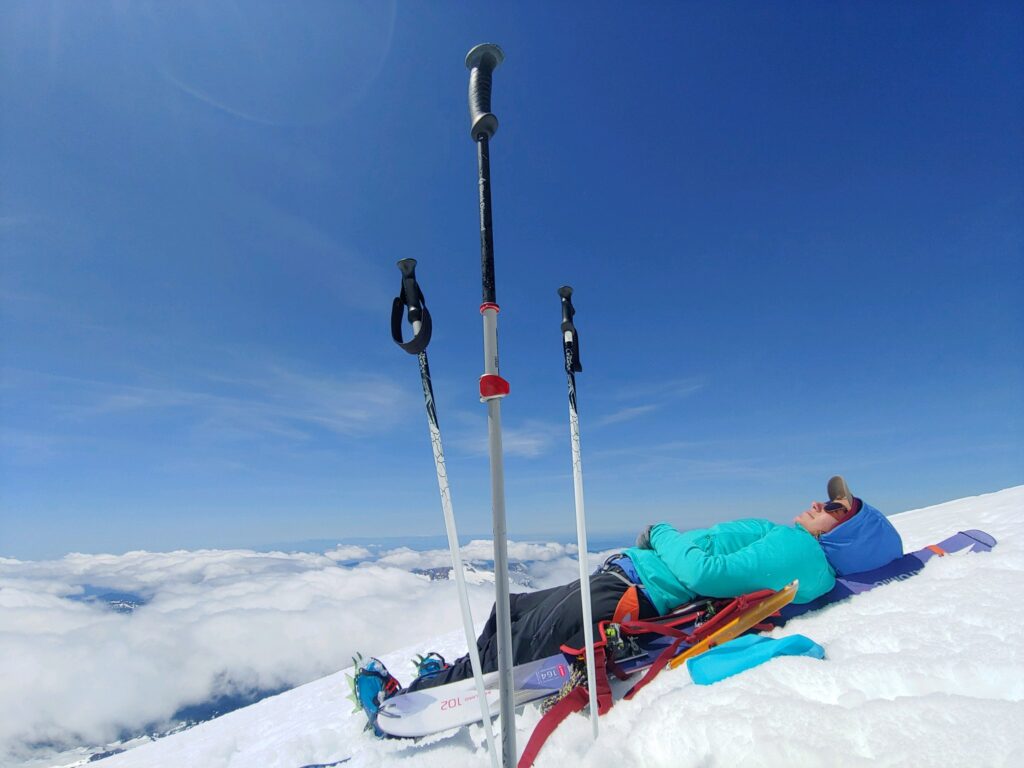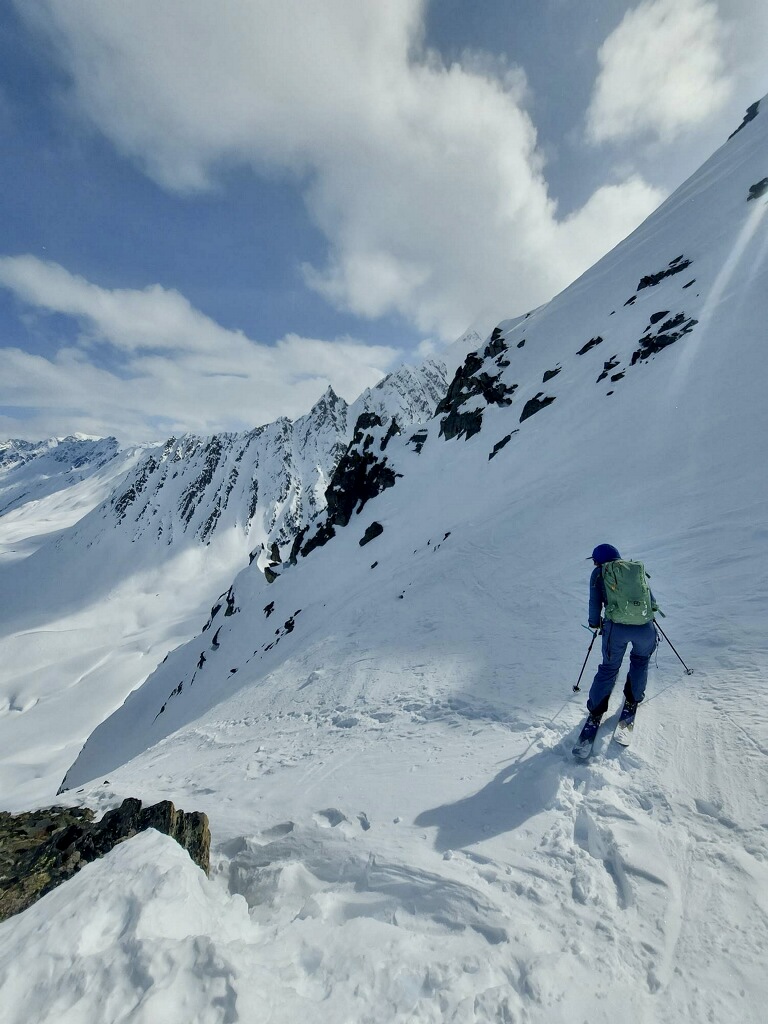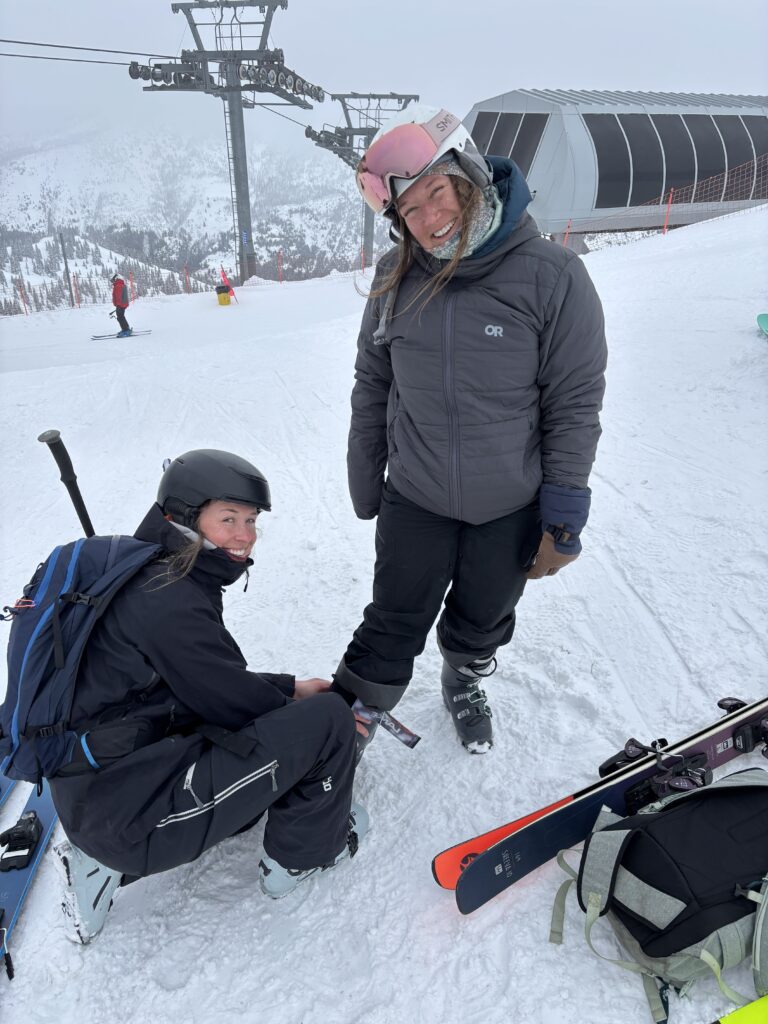NWAC Fall ’25 Events Recap
From our inaugural First Tracks Fest to the 19th annual Northwest Snow and Avalanche Workshop (NSAW), NWAC’s fall calendar was jam-packed with connection, stoke, and pre-season education. It’s been an especially exciting year, as we’re celebrating our 50th anniversary of avalanche forecasting! As we look ahead to winter, we’re reflecting on an incredible fall event season and our gratitude for the community that has created such a strong foundation over the past 50 years.
First Tracks Fest: A New Tradition Begins
This year, we officially said goodbye to our long-running season kickoff, Snowbash, after many amazing years of pre-season fun and community building. While we loved everything Snowbash brought to the table, we were excited to imagine something new – an event that prioritized accessibility (including free admission), deeper community connection, and a welcoming experience for both seasoned backcountry travelers and brand-new faces.

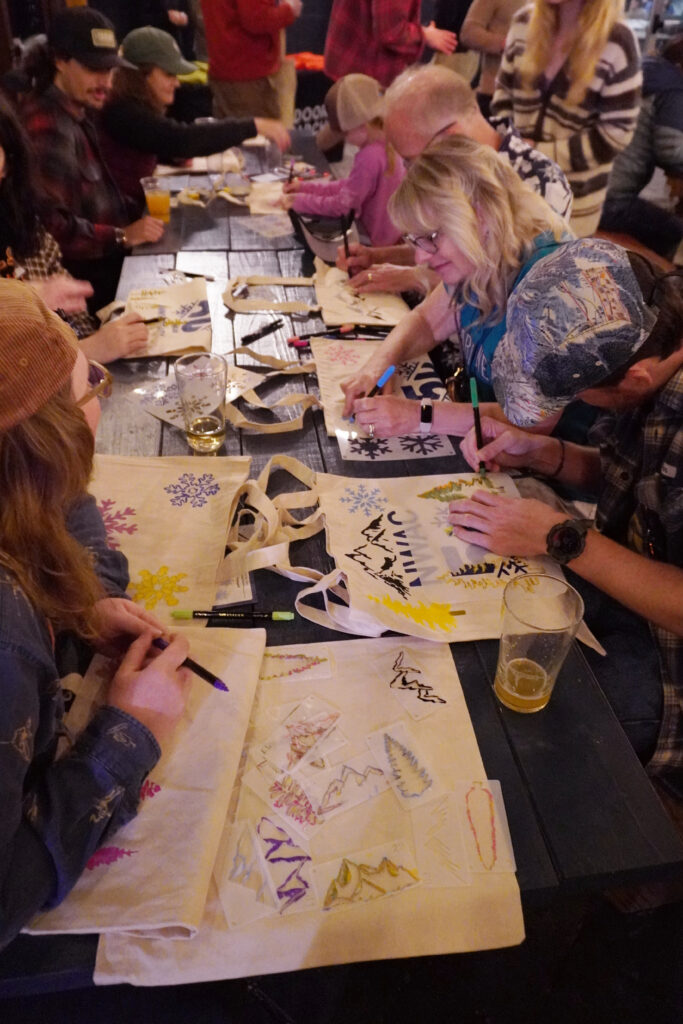
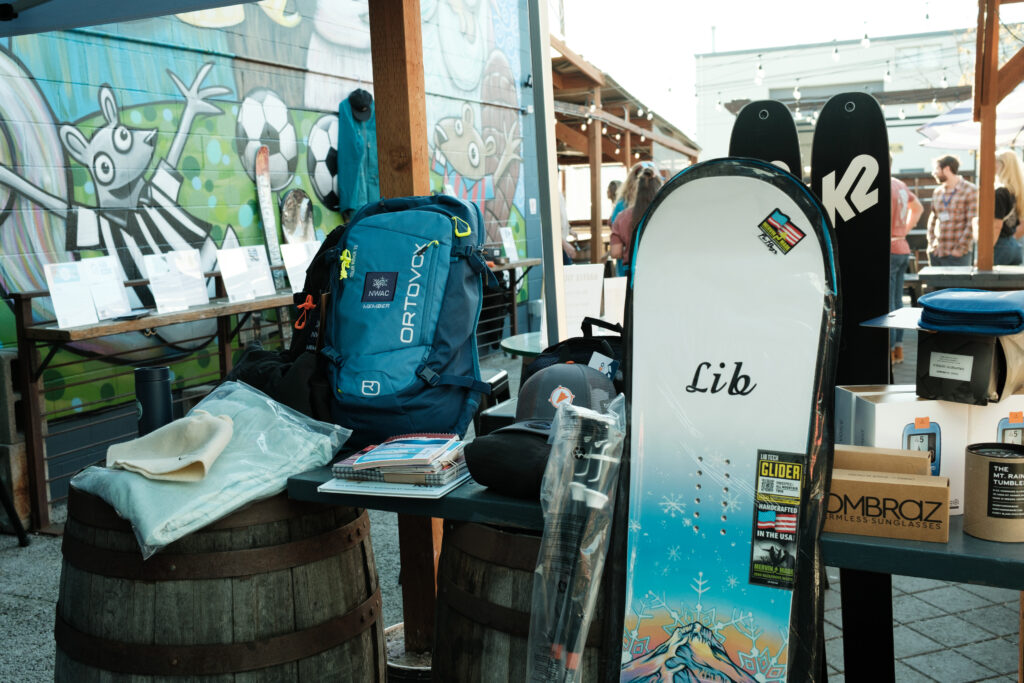
Enter First Tracks Fest, an evening of interactive activities, chatting with local sponsors, and a loaded raffle hosted at Reuben’s Brews in Ballard. The venue was buzzing! Folks of all ages gathered to celebrate the upcoming winter by decorating custom NWAC 50th Anniversary tote bags, racing to deploy their probes in the ‘Rescue Gear Olympics,’ and roaming the brewery with numbered cards pinned to jackets and foreheads in search of their matching partner. Between raffle prizes, giveaways, and deeper community connections, no one left empty-handed.
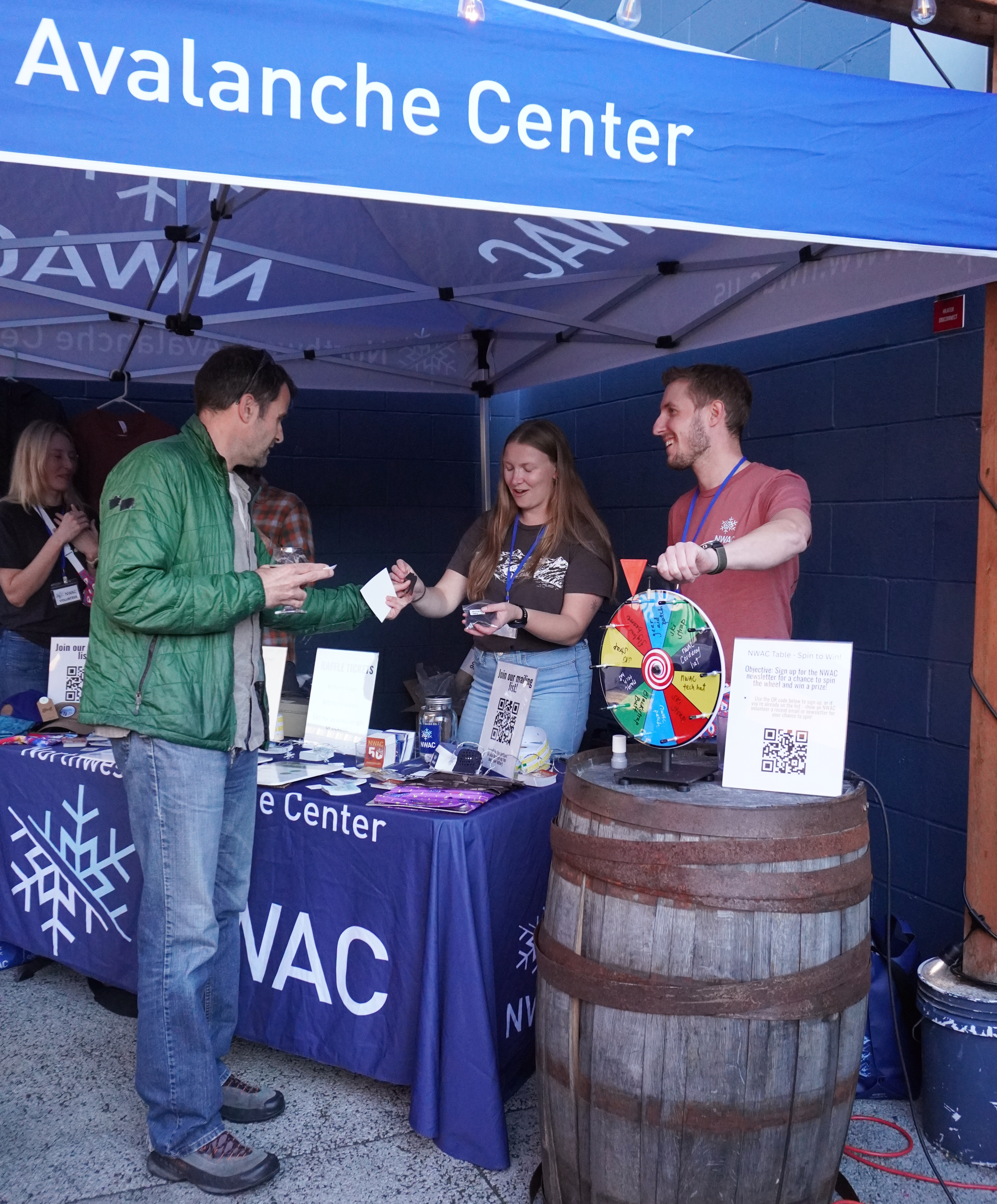
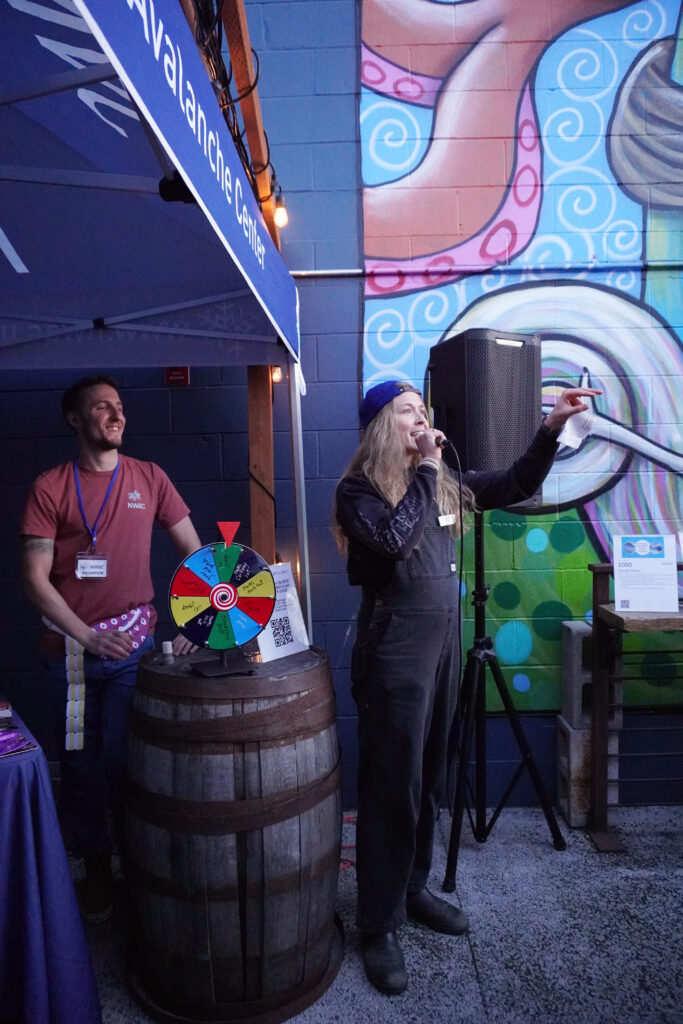

19th Annual Northwest Snow and Avalanche Workshop (NSAW)
Of course, we can’t have all the fun without a little learning – this is NWAC after all! This year, we were thrilled to host our 19th annual Northwest Snow and Avalanche Workshop, which once again sold out with over 400 attendees.
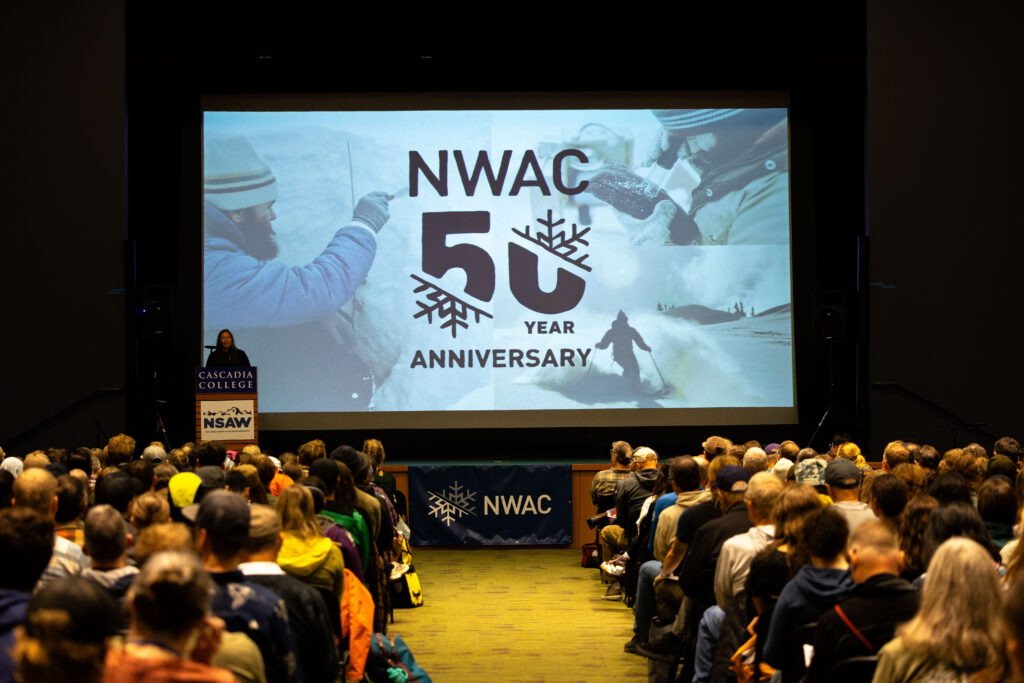
Our keynote speaker, Kelly Rice McNeil, kicked things off with an engaging look at the intersection of public health and avalanche safety, opening the door to conversations about community well-being, risk analysis, and long-term awareness.
Throughout the day, we heard from avalanche professionals, researchers, and educators as they covered topics ranging from snow science and weather research, to mountain rescue and discussions on recreating responsibly. New this year was our rotating breakout room, featuring four tailored presentations designed for specific backcountry user groups – including snowmobilers, snowshoers, professional avalanche workers, and in-bounds skiers that make up our diverse winter landscape.
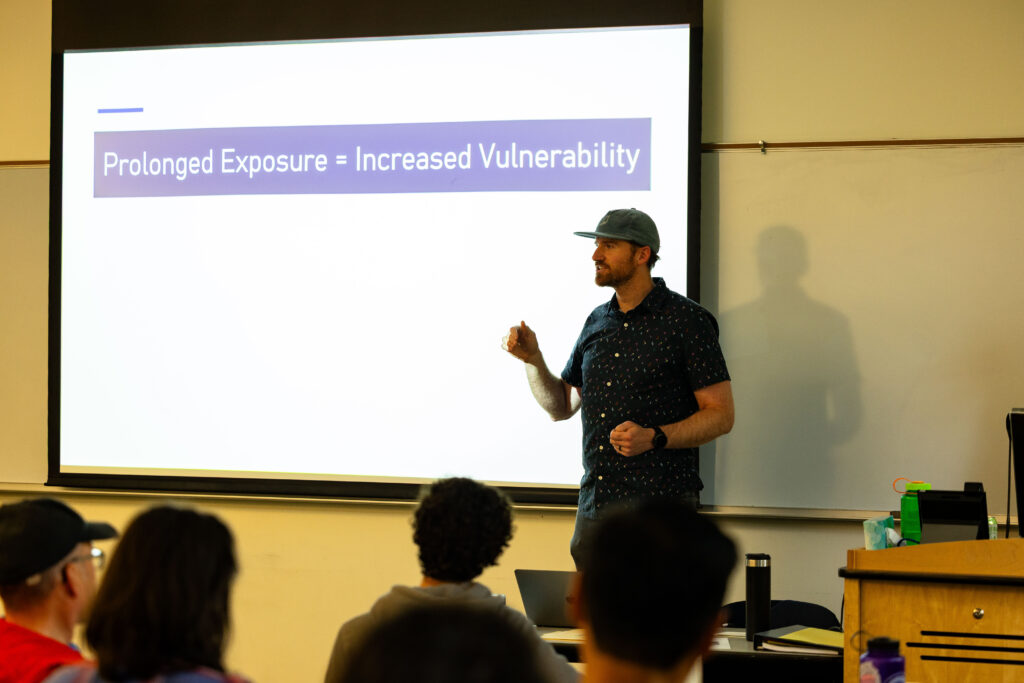
Attendees refueled throughout the day with a bottomless flow of coffee and snacks generously donated by Kate’s Real Food bars. Local sponsors and partners lined the hallway ready to chat about all things mountain and snow, culminating the event with an exciting raffle of prizes from our amazing partners, including Outdoor Research, Backcountry Access, and Edgeworks Climbing & Fitness.
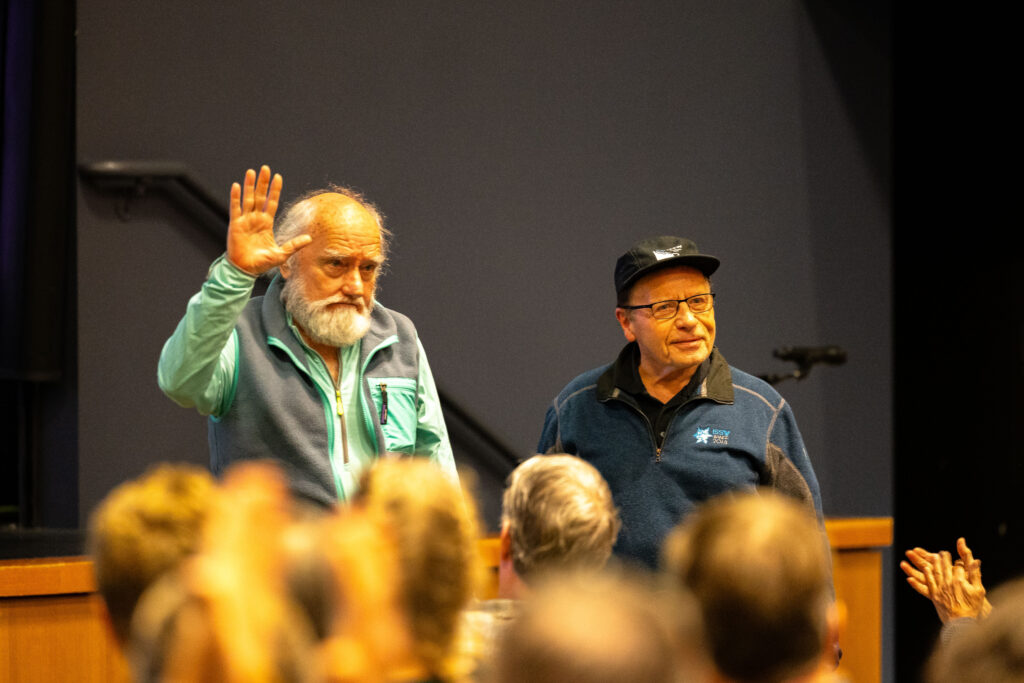
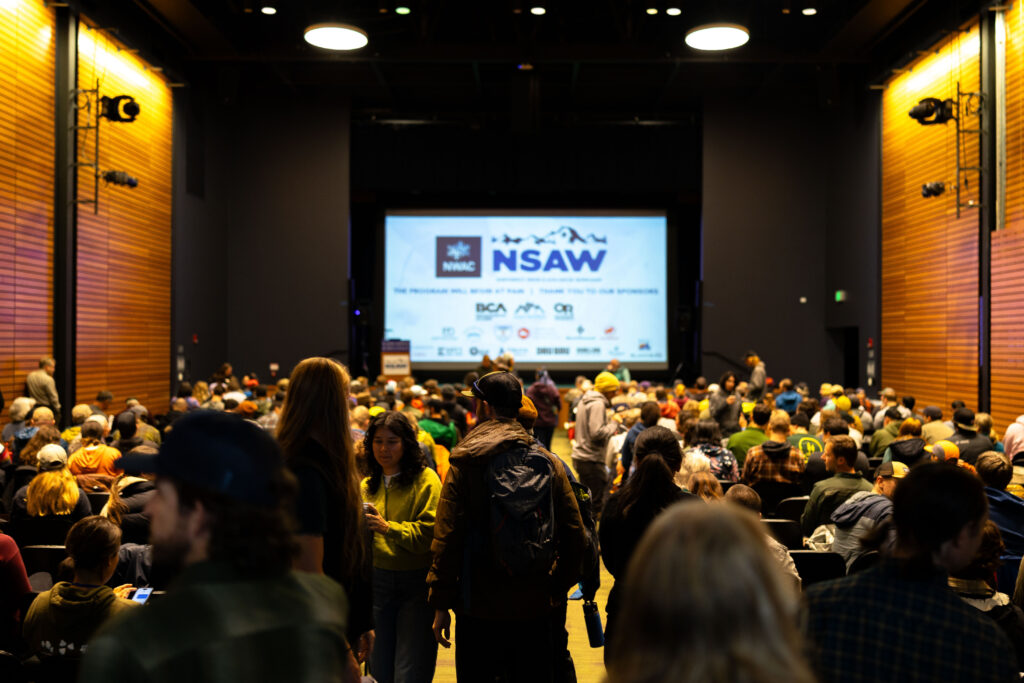

The energy and excitement for learning were palpable, sparking new connections and conversations with members of the NWAC community, old and new!
Meet Your Forecaster: Zone-by-Zone Connection
Our fall season wrapped up with a series of four Meet Your Forecaster events in Portland, Yakima, Enumclaw, and Leavenworth. These evenings gave NWAC community members the chance to meet the forecaster(s) working in their local zone, learn a little more about the process of daily avalanche forecasting, ask questions about mountain weather, snowpack uncertainty, and favorite backcountry snacks, and connect with other backcountry users in their region!
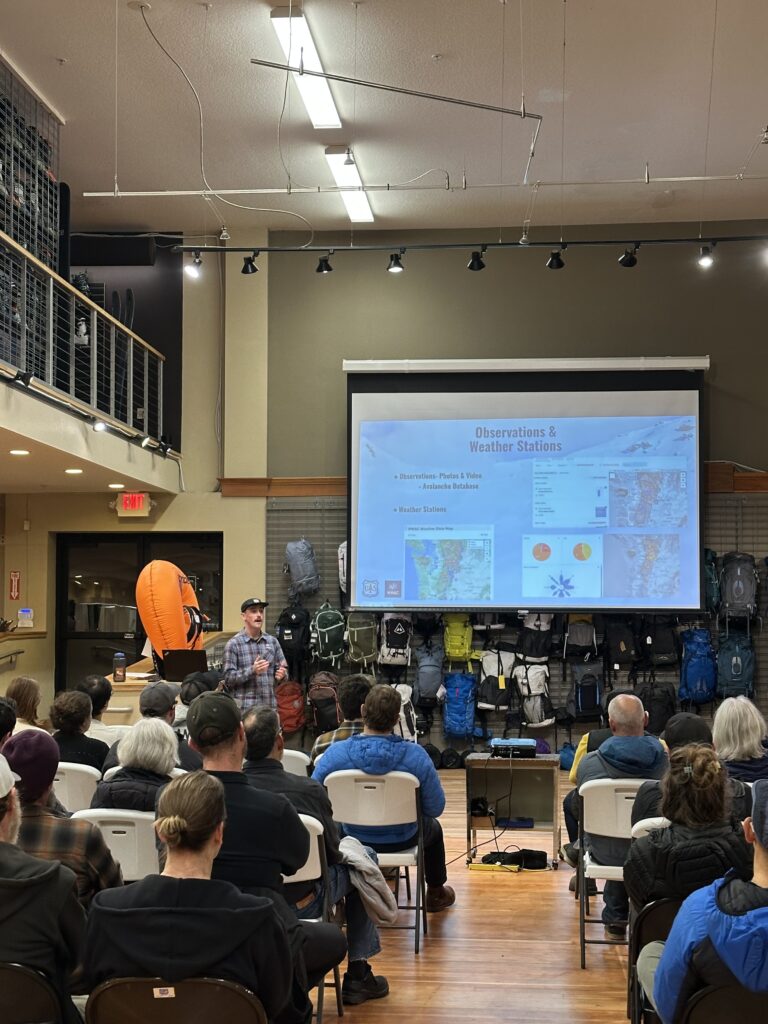
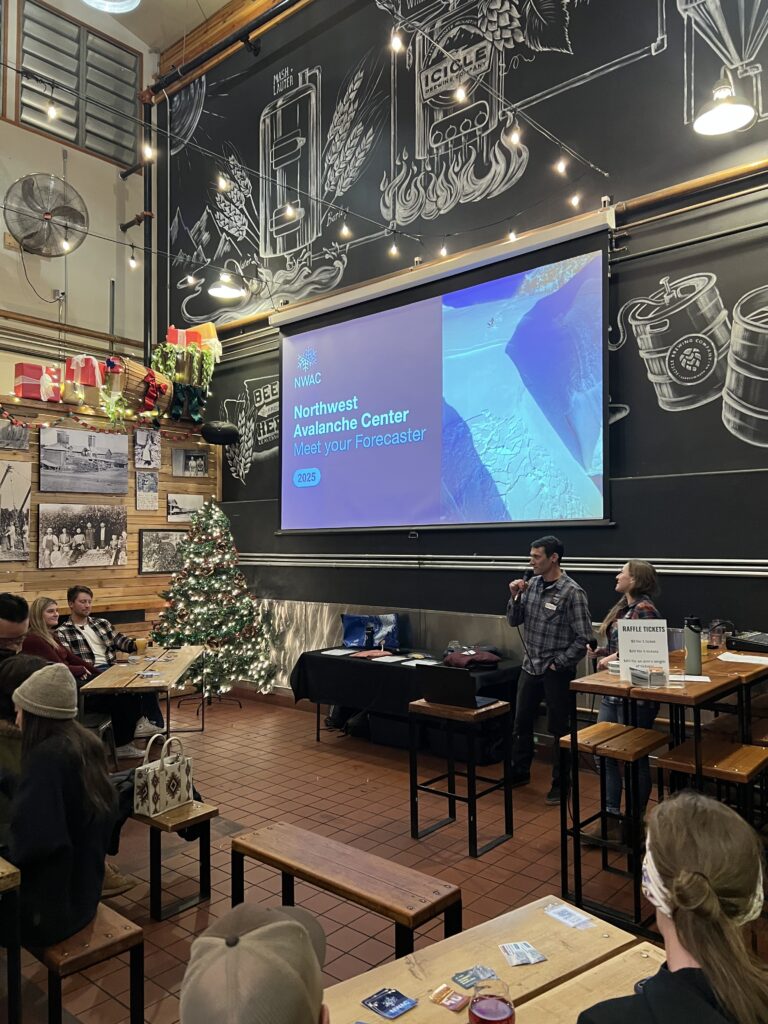
These gatherings are one of our favorite ways to bring the forecasting team and community together. Keep an eye out for future events in February – Seattle and Bellingham, you’re up next!
Thank You, NWAC Community
We are endlessly grateful for the support, enthusiasm, and generosity of our NWAC community. Every raffle ticket, every question asked, every new connection made – each of these moments moves our mission forward.
Thank you for showing up. Thank you for caring about avalanche safety. And thank you for kicking off another winter season with us.
Here’s to a safe, fun, and powder-filled winter ahead.
– The NWAC Team
